Blog
How do you define an ethical brand?
Why choose an eco-responsible brand?
02 MARCH 2022
For some time now, you've been feeling the urge to consume better, particularly when it comes to fashion. However, it's not always easy to see clearly through what brands are offering, or to put your approach into practice... How do you define an ethical brand? What is an eco-responsible brand? What should you look out for if you want to become a responsible consumer? Here's a closer look at the key information you need to remember before switching to "eco" mode.
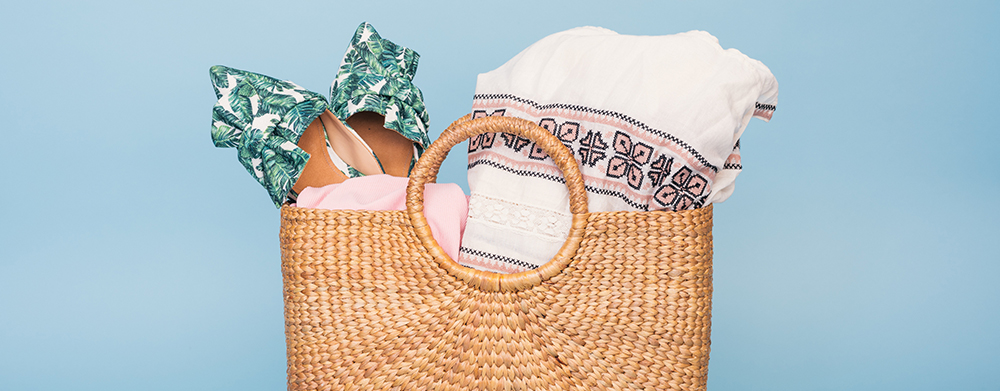
What's the difference between eco-responsible fashion and ethical fashion ?
Ethical, eco-responsible, fast fashion... If you're beginning to take an interest in the best ways to consume fashion, you've probably seen these terms appear. So what do these terms mean? We take a look.
What is eco-responsible fashion ?
There's a fine line between eco-responsible fashion and ethical fashion. Eco-responsible fashion aims to be more respectful of the environment. It starts with a better choice of materials. Eco-responsible fashion is all about using natural materials. To take things a step further, these materials should preferably be organic, biodegradable, recyclable and/or upcycled.
The idea is to keep it to a minimum:
- WASTE ;
- The use of toxic products ;
- Carbon footprint ;
- Production (mass production is no longer the norm).
Eco-responsible fashion is also fashion that is produced as locally as possible. Visit made in France, or made in Europe, the de-industrialisation of Europe over the last 30 years means that sourcing from outside Europe is often the preferred option, but not always possible. The aim is to find factories that respect the environment and labour laws, while using eco-responsible materials.
Finally, eco-responsible fashion is designed to be sustainable and to accompany consumers for many years to come.
> Read also : What is eco-responsible and sustainable fashion ?
What is ethical fashion ?
Ethical fashion is fashion that rhymes with morality and ethics. It takes into account several important aspects, such as :
- their production conditions, and in particular the well-being of the people involved in the process ;
- the rate at which collections are released, which needs to be reduced ;
- workers' pay, which must be fair ;
- distribution conditions ;
- fair prices for consumers (ethically produced clothing often has a higher selling price to ensure that each link in the chain is properly remunerated) ;
- the vegan nature of the products (for certain brands).
In short, ethical fashion aims to be fairer and more just for the people involved in making the clothes. It also has an environmental dimension.
The ethical brand values must therefore take these multiple aspects into account.
What is fast fashion ?
The term fast fashion literally translates as "fast fashion". It refers to mainstream fashion brands that produce a large number of collections each year. These collections, which are created according to the trends that emerge on the catwalks, among celebrities or in the street, have the particularity of being produced very quickly. Fast fashion also has a number of shortcomings:
-
The quality of clothing is not optimal. Many garments are made from low-quality, often non-renewable materials, and are finished with little care, which has an impact on the life of the garment;
- Fast fashion brands invest massively in advertising to encourage fashion lovers to consume while ignoring their real needs.
In short, fast fashion is the opposite of ethical and eco-responsible fashion.
Fast fashion as a whole is decried by associations working to protect the environment, but also increasingly by consumers themselves.
How can I become a responsible fashion consumer ?
Have you had the impulse to do things differently? Here's a closer look at what you need to pay attention to and what advice you should follow before you buy.
Is it essential to buy this garment ?
Fashion lovers know that not all purchases are justified by need. Whether it's sales, private sales, a whim or an outing for which you don't want to wear "old" clothes, there are often a thousand and one reasons to buy new clothes. However, it's important to take a more reasoned and rational approach before making your move. To avoid mistakes and consume more responsibly, it's important to ask yourself a number of questions:
- Do you have a similar piece in your cupboard ?
If you have a garment that is almost identical to the one you want to buy (in terms of shape, colour, material, etc.) and is still wearable, you probably don't need to make this new purchase.
- Do you need it now ?
Do you need this garment right away? An event, a business meeting, etc. the question is whether this purchase will be of real use to you.
- Don't you have any new or little-worn clothes in your dressing room ?
Sometimes we succumb to temptation, forgetting that we already have unworn clothes lying around in the back of our wardrobe. Among these clothes, there may be some that will suit your current needs. Don't hesitate to take a look in your wardrobe.
- Are you buying because the garment is on special offer or because you really like it ?
-20 %, -30 %, -40 %, -50 %... Promotions have an irresistible appeal. For fear of missing out on a bargain that won't come around again, we sometimes rush to buy a garment. But this rush doesn't always mean we'll fall in love. If, on reflection, you realise that your choice would have been different without the promotion, you may have to move on..
- Do you have any pieces you can wear with this new garment ?
Making an eco-responsible purchase also means buying a garment that can be combined in different ways with pieces you already have in your wardrobe. Colours, for example, can complement each other.
- Will you be wearing it on other occasions ?
Ideally, a garment should not be bought to be worn just once. It's best to choose a garment that will last you for several years. If we take the example of a blazer, we know that this piece can be worn to work, for a night out or even to a job interview.
- Is the garment easy to care for ?
If the garment involves a lot of trips to the dry cleaners to look after it, buying it is probably not a good idea.
- Will this new piece be with you for many years to come ?
Sustainable consumption means investing in a garment that will last over time. So it needs to be of good quality so that you can wear it many times.
- What about comfort ?
We sometimes forget this in the excitement of the moment, but we should also take the time to ask ourselves whether we feel comfortable in the garment and whether it suits us. A garment you feel good in is more likely to come out of the wardrobe in the future, and that's exactly what you should want for all the pieces in your dressing room.
When in doubt, it's always best to take the time to think things through. This is the best way to avoid ending up with lots of clothes in your wardrobe that have not been worn, or have only been worn once. You can, for example, wait two weeks between the desire to buy and the actual purchase. This gives you a reasonable amount of time to think.
What are the manufacturing standards?
As we mentioned earlier, a eco-friendly brand is a brand that pays particular attention to how the clothes it sells are made. So take a moment to look at some of the information you'll find here:
- Manufacturing standards
Many garments sold on the market do not come from an impeccable manufacturing process. Toxic products are sometimes used to treat the fabrics. To avoid this kind of blunder, you can look at the labels put forward by the brand. The implementation of REACH standards, for example, is a good indicator of how to limit the use of dangerous chemical substances.
Are the materials used to make it eco-responsible ?
As part of their eco-responsible approach, brands use high-quality natural materials with recognised properties whenever possible, such as :
- organic cotton ;
- organic and non-organic flax ;
- organic and non-organic hemp ;
- organic wool (note that some brands want to do without animal materials, and that's fine too) ;
- jute.
It's not just about making jumpers, trousers, shirts, shoes, T-shirts and accessories for men and women from beautiful materials. The company is also expected to recycle as much as possible of the materials it works with, including any offcuts or waste produced.
It can also take a completely different angle by using recycled materials as raw materials. These include acrylic, nylon, elastane and wool.
PS: Consuming fashion responsibly is an excellent decision for the planet. However, be careful not to put pressure on yourself to go into "eco mode" at home. You can do it gradually. So don't throw away all your non-eco-responsible clothes. You can buy more ethical clothes to suit your needs and to replace worn-out items.
And let's not forget that "responsible fashion" can also be applied to other items of expenditure in the home. For example, you can buy furniture made in an eco-responsible way, or second-hand.
But also...
Our other articles
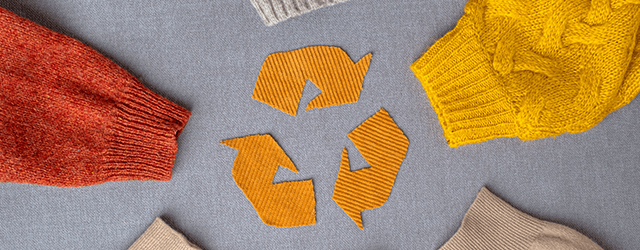
Using less clothing
29 December 2022
Eco-responsibleHave you been wondering about your clothing consumption for some time now, and want to act...
Read this article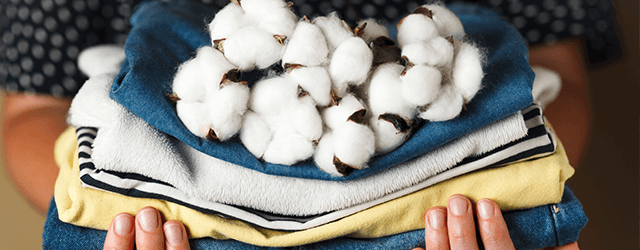
How do I choose eco-responsible clothing?
05 July 2022
Eco-responsibleOur tips for choosing eco-responsible...
Read this article
Eco-responsible fashion: a sustainable choice for Elora
17 May 2022
Eco-responsibleEco-responsibility is a key concern for many companies. Elora is part of this philosophy...
Read this article




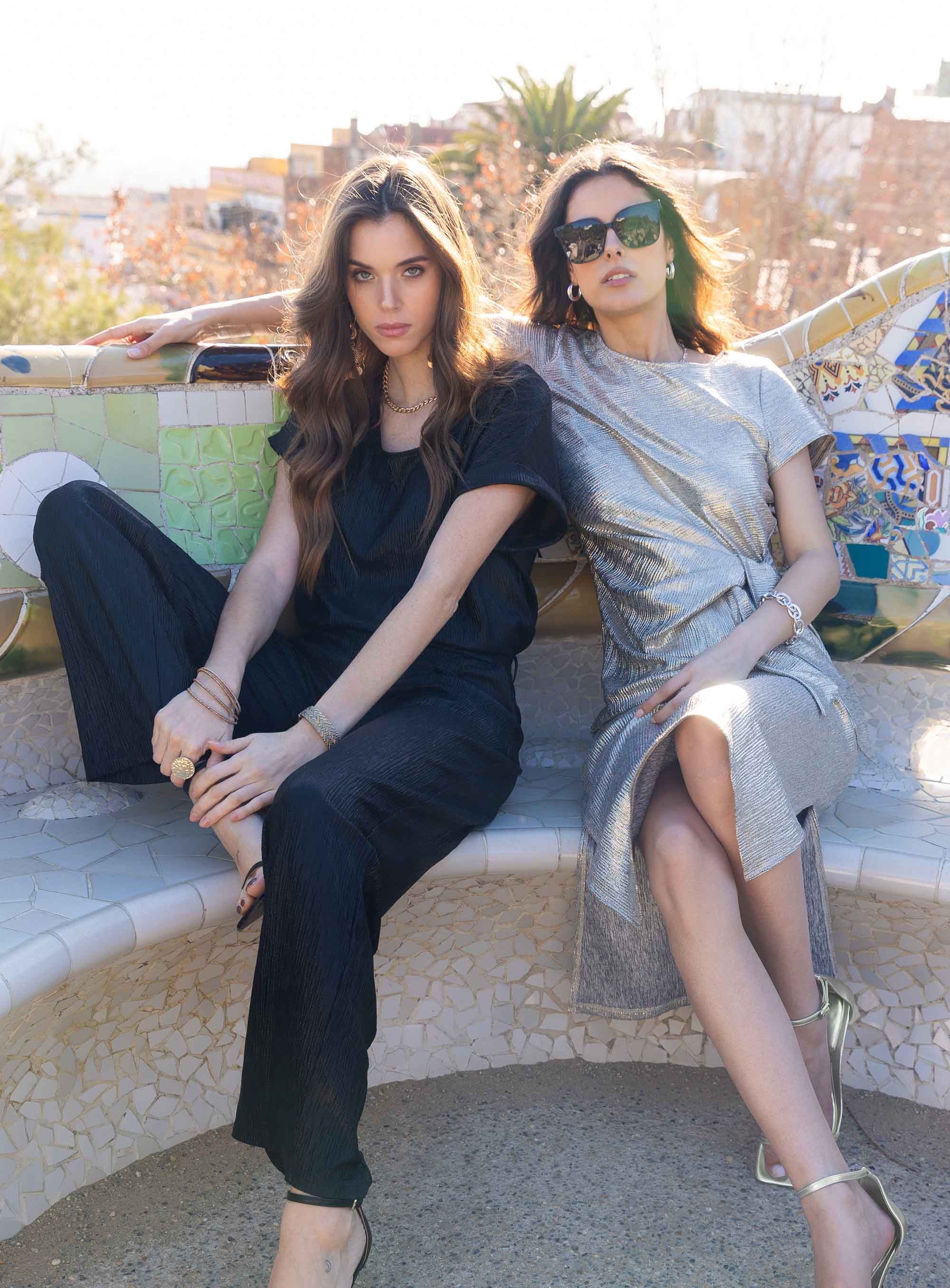
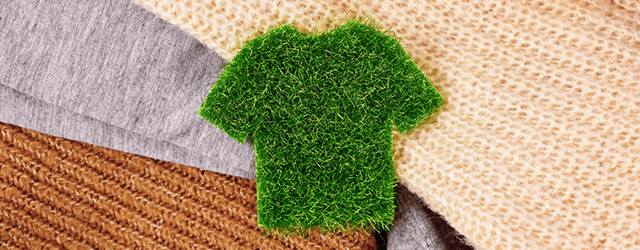
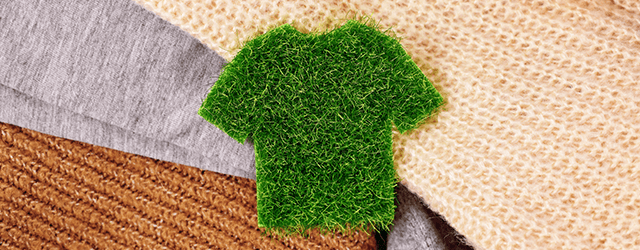 Read this article
Read this article